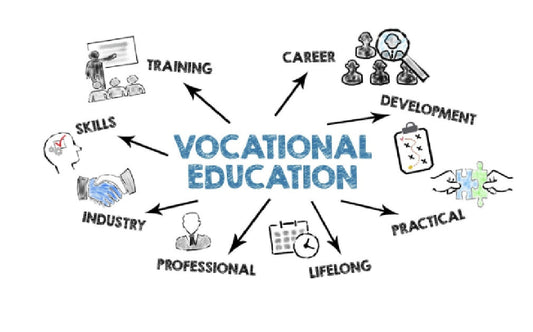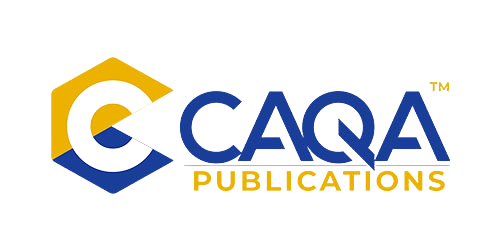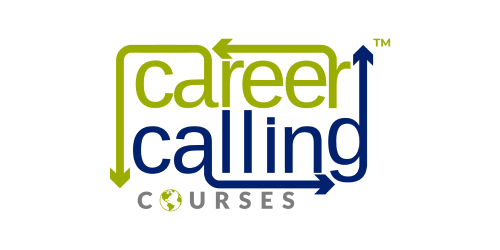In order for students to be able to learn effectively, teachers use instructional strategies in order to help them. The purpose of instructional strategies is to help students become independent, strategic learners by using techniques that teachers use in the classroom. It is important to note that these strategies become learning strategies once students learn how to select the appropriate ones for their purposes and then adopt them in an effective way to accomplish their goals and objectives.
There are a number of ways in which instructional strategies can be employed:
- Encourage students to focus their attention and motivate them to do their best
- Organise information in such a way that it can be understood and remembered
- Learners should be monitored and assessed on a regular basis.
There are many different instructional strategies that teachers can use, and the best strategy for a particular lesson will depend on the content being taught as well as the learning goals for the students.
Some common instructional strategies include:
- Lectures - The teacher talks to the class about a topic while the students listen.
- Discussions - The teacher leads a discussion about a topic with the entire class or in small groups.
- Modeling - Teachers model the thinking process they want their students to use. For example, a teacher may model how to solve a math problem by thinking aloud as she works through the steps.
- Demonstrations - Teachers provide students with step-by-step instructions for completing a task or achieving a goal. This can be done through verbal instructions, written instructions, or visual aids such as diagrams or charts.
- Small group work - Small group work is a strategy in which students work together in small groups to complete a task or activity. This type of instruction can be used to provide more personalised attention and allow for more collaboration between students.
- Hands-on learning activities - Hands-on learning activities are another type of instructional strategy where students learn by doing. These types of activities can help engage students and make content more concrete.
- Cooperative learning - Students work together in small groups to complete a task or project. This type of instruction allows students to learn from each other and develop social skills such as communication and teamwork.
- Problem-based learning - Students work together to solve a problem.
- Inquiry-based learning - Students ask questions and find answers to them. Students are given questions to explore and answer, rather than being simply presented with information. This type of learning encourages students to be active and engaged in their learning and to think critically about what they are learning.
- Project-based learning - It is another instructional strategy that allows students to explore a topic in depth. This type of learning can be done individually or in groups, and often involves some type of final product or presentation.
- Differentiated instruction - The teacher adapts the lesson to meet the needs of all students in the class. Teachers adapt their teaching methods to meet the individual needs of their students. This may involve using different instructional strategies for different students or providing different levels of support depending on each student's needs.
In addition to these strategies, there are the following:
- Independent study
- Portfolio development
- Journals and learning logs
- Cognitive organisers
- Literature response
- Service learning and several more.
Each of these instructional strategies has its own advantages and disadvantages, so you'll need to choose the ones that will work best for your students and your curriculum. For example, lectures can be an effective way to introduce new material, but they can also be very dry and boring. Small group work can be a great way to get students working together and thinking critically, but it can also be difficult to manage in a large classroom.
The best way to figure out which instructional strategies will work best for you and your students is to experiment with different ones and see what works. There's no one perfect way to teach, so don't be afraid to try new things and find out what works best for you and your students. Experimenting with different techniques will also help keep lessons interesting and engaging for students.


































